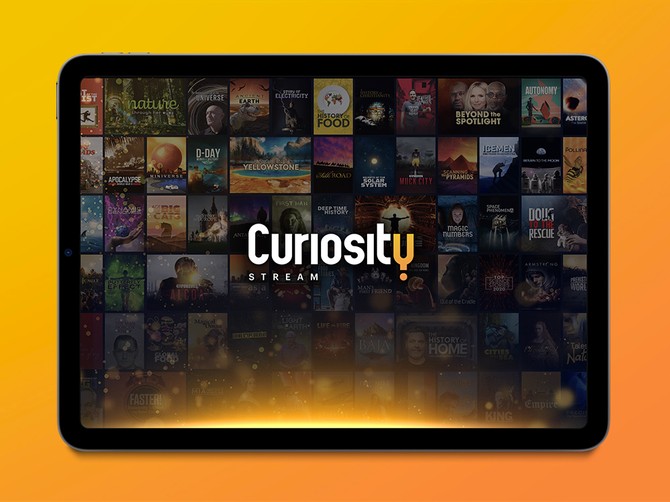Greetings, friends. Today is the longest day of the year. Don’t fill it with Zoom meetings and compliance docs. Get outside and enjoy the summer solstice.
In today’s edition:
 Touchy-feely execs Touchy-feely execs
 Mandatory time off Mandatory time off
 Coworking Coworking
—Courtney Vinopal, Adam DeRose
|
|
Cagkansayin/Getty Images
In recent years, the concept of “emotional intelligence”—the ability to accurately perceive and manage your own emotions as well as others’—has gained a foothold in the C-suite. Numerous studies have pointed to the importance of displaying emotional intelligence in the workplace, and the Covid-19 pandemic only strengthened the case for it.
Still, many corporate leaders still struggle with emotional intelligence and other soft skills, like empathy.
Increasingly though, some C-suite executives and founders are seeking out soft skills through leadership training and other development opportunities. Leaders told HR Brew that honing these kinds of skills may give executives a leg up in a future dominated by AI technologies.
‘Touchy-feely’ training. One organization seeking to help executives open up emotionally is Leaders in Tech (LIT), which gathers leaders of high-growth tech companies for retreats where they focus on becoming more “interpersonally adept,” according to Carole Robin, a co-founder of LIT.
Robin helped start Leaders in Tech after spending 17 years teaching courses on interpersonal dynamics at the Stanford Graduate School of Business. Her courses were apparently described as “touchy-feely” classes by students, given their focus on encouraging participants to be open with how they were feeling.
Keep reading.—CV
|
|
TOGETHER WITH CURIOSITY STREAM
|
Meet the library of content built to inform and delight your mind. Curiosity Stream lets lifelong learners like you access award-winning documentary films, shows, and series on nearly any topic.
And we mean any topic—science, history, music, and more (including content for kiddos). Plus, Curiosity Stream adds content every week, so there’s always something new to check out.
Curiosity Stream is available anywhere in the world on almost every device, however you prefer to watch. And Morning Brew readers get a 25% discount, making it easy to choose a plan that suits your budget.
Consider this your formal invitation to finally delve into that subject you’ve always been curious about. Feed your inquiring mind and get 25% off your membership today.
|
|
Jayk7/Getty Images
Even as some companies are introducing more generous PTO policies, taking enough vacation remains a challenge for many employees.
In order to ensure employees take the time off they’re allowed, some companies are implementing minimum PTO policies. Goldman Sachs now requires all employees to take a minimum of three weeks of vacation every year, according to an internal memo shared with HR Brew. Smaller firms, such as spend-management company Emburse and photo-book company Chatbooks, also have similar policies in place.
HR leaders at these companies say that while implementing mandatory minimum PTO requires careful planning, it can level the playing field for US employees working in globally distributed companies, as well as provide workers with a renewed sense of creativity when they return to work.
Planning for PTO. Planning is essential for teams working to comply with the mandatory minimum vacation policy, according to Danielle Tabor, chief people officer at Emburse, which introduced a two-week minimum last year. Employees at Emburse receive unlimited time off.
Tabor’s team encourages managers to have conversations with their employees about vacation planning each quarter to make sure they schedule time off on the calendar.
Keep reading.—CV
|
|
Karina Bernacki
Here’s this week’s edition of our Coworking series, in which we chat 1:1 with an HR Brew reader. Want to be featured in an upcoming edition? Click here to introduce yourself.
Karina Bernacki has followed a winding career path to the HR function, with stops in Army intelligence, engineering, customer support, and people transformation consulting. When she arrived in the HR space, she thought, “This feels right.”
Since joining VSCO as its VP of people, Bernacki has worked to address the mismatch between what individuals expect from their managers and the company and what a company expects from its employees, telling HR Brew it can be “one of the biggest, most toxic challenges in a company.” In the HR department at VSCO, she started to incorporate the company values and those of its leaders into the job architecture and competencies for employees. She made them explicit so that expectations were aligned.
Bernacki credits her love of people to her childhood, as she moved a lot, and learnt early how to build new networks of friends and to “embrace the concept of the we.” Each day, she says she’s working on how to “minimize pain and suffering at work.”
What’s the best change you’ve made at work?
Redesigning our performance management system was quite a feat, but I’m most proud of our hybrid operating model. It’s not necessarily revolutionary, but for us it has created significant positive impacts.
Keep reading.—AD
|
|
|
FrancisFrancis
Today’s top HR reads.
Stat: 47% of tech workers say that a company’s reputation when it comes to DE&I impacts whether or not they would work there. (Dice)
Quote: “There was an assumption in the past that if you were a professional, your skills were always going to be needed…Now we’re starting to see the same level of insecurity…other workers have had to deal with since the Industrial Revolution.”—Patricia Campos-Medina, executive director of Cornell University’s Worker Institute, on AI’s impact on displacing creative professionals (Politico)
Read: Pay transparency laws provide valuable insights to both job-seekers and current employees, as long as companies provide reasonable salary ranges. (the New York Times)
Employee $tress: 55% of American employees say they worry about their finances daily. Set your team up with SmartDollar, Dave Ramsey’s financial wellness benefit that helps them budget, get out of debt, and save for the future. Get started.*
*This is sponsored advertising content.
|
|
|







